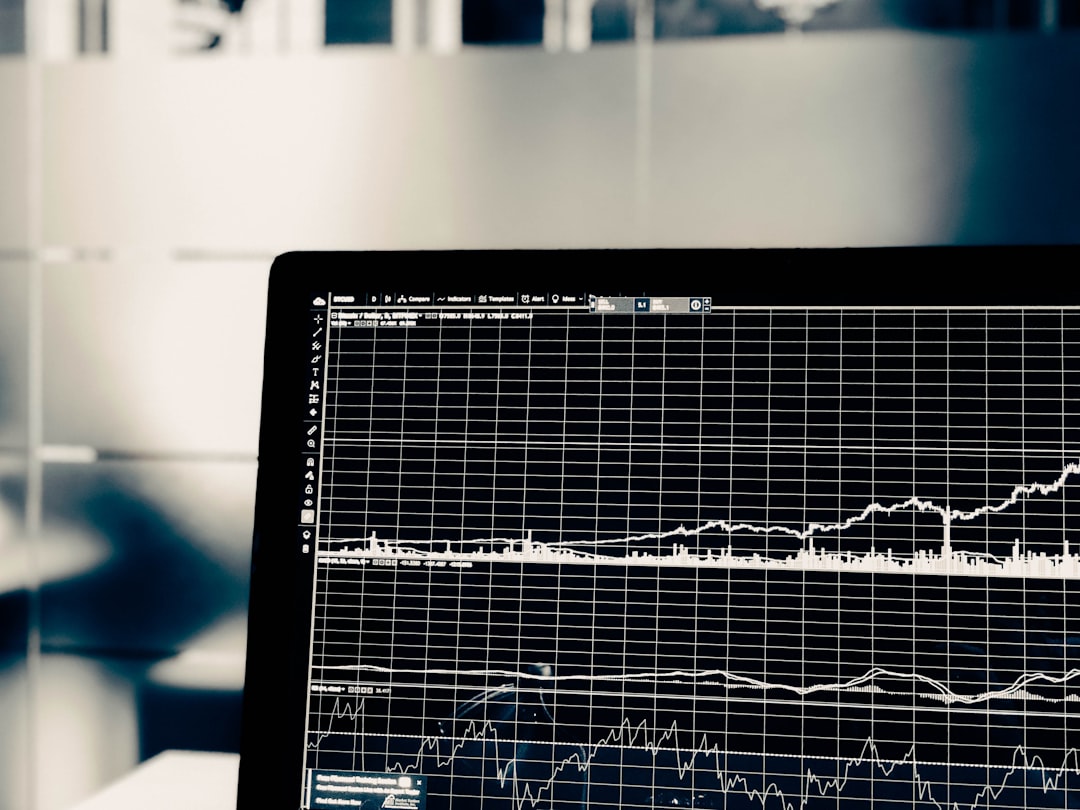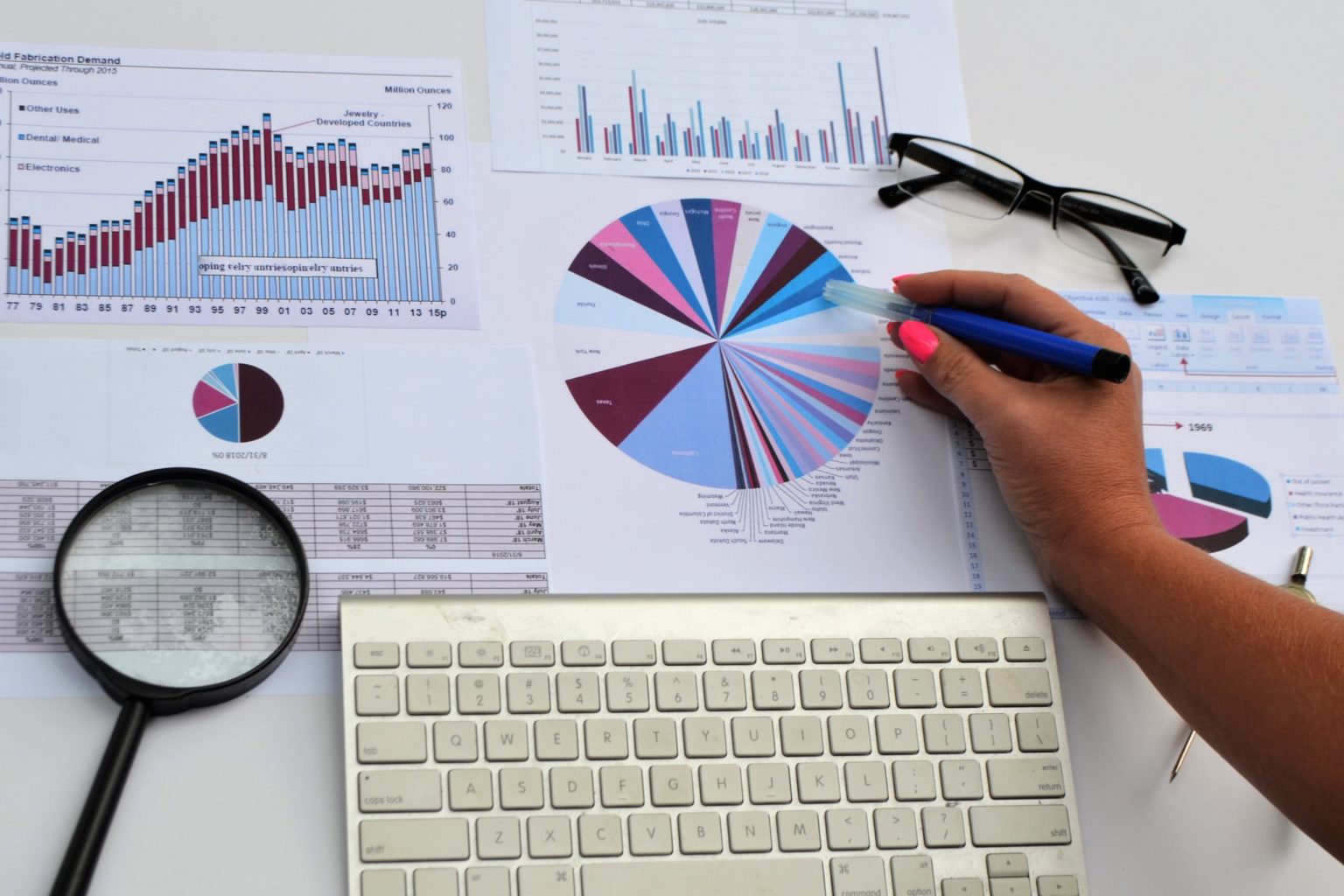The importance of data analytics is evident in the vast number of companies and industries that are using it to improve their performance. Data analytics is the process of examining data sets to uncover hidden patterns and insights. The insights gleaned from data analytics can be used to make better business decisions, improve products and services, and understand customer behavior. There are a number of different data analytics tools and techniques that can be used to examine data sets. Some of the most popular data analytics tools include Excel, SQL, and Tableau. These tools can be used to analyze data in a number of ways, including trend analysis, correlation analysis, and classification.
The process of data analysis is an important one for any business. By taking a closer look at the data that a company collects, they can better understand how to improve their operations and increase their profits. There are a variety of data analytics tools and techniques that can be used in order to get the most accurate results. Here are some of the most common ones:
Data Cleaning
The process of data cleaning is an important step in the data analytics process. It is the process of identifying and cleaning up inaccuracies and inconsistencies in data. This process is necessary to ensure that the data is ready for analysis.
There are a number of different tools and techniques that can be used for data cleaning. Some of the most common tools include text analytics tools, data scrubbing tools, and data cleansing tools. Each of these tools can be used to identify and correct inaccuracies in data. Text analytics tools can be used to identify and correct misspelled words, incorrect punctuation, and incorrect capitalization. Data scrubbing tools can be used to identify and correct incorrect or inconsistent data values. Data cleansing tools can be used to identify and correct duplicates, incorrect data types, and other inaccuracies.
The use of these tools and techniques can help to ensure that the data is ready for analysis.
Statistical Analysis and Descriptive Statistics

Statistical analysis is a process of inspecting, cleansing, transforming, and modeling data with the goal of discovering useful information, informing decision-making, and predicting future events. It is an essential tool of data science. It can be used to identify relationships between different factors or to predict future trends.
Descriptive statistics is the process of organizing and summarizing data in a way that makes it easy to understand. It includes measures of central tendency (e.g. mean, median, mode) and dispersion (e.g. standard deviation, variance), as well as various graphical techniques for depicting data.
Machine Learning

Machine learning is a branch of artificial intelligence (AI) that enables computers to learn from data without being explicitly programmed. It has been successfully applied in a number of domains, including natural language processing, speech recognition, computer vision, and fraud detection.
There are many different types of machine learning algorithms, but they can be broadly grouped into two categories: supervised and unsupervised learning. In supervised learning, the computer is given a set of training data, along with the desired output for each data point. The computer then uses this data to learn how to produce the correct output for new data points. In unsupervised learning, the computer is given only the data itself, without any accompanying labels or instructions. It is then able to learn to group or cluster the data points into meaningful patterns.
Data Visualization
Data analytics tools and techniques include data visualization, which is the process of creating graphs and charts that illustrate the data. Data visualization tools allow users to see patterns and trends in data that would be difficult to see in text-based data.
Overall, data analytics tools and techniques are used in a variety of industries, including business, government, education, and health care. By using the right data analytics tools and techniques, businesses can improve their operations and increase their profits.






